ABA Practicum Student Information
The practicum track sequence for the Applied Behavior Analysis & Autism M.S. program consists of the four practica that can be completed to meet the clinical practicum criteria set forth by the New York State Department of Education (NYSED). Students are required to accrue at least 250 hours during each semester, with a maximum of 375 hours. Students must adhere to NYSED standards for supervision and experience, but will be able to collaterally meet supervision and experience requirements specified by the BACB (Behavior Analyst Certification Board).
The applicant must have an agency that meets the NYSED requirements willing to host them to remain in the practicum track program. The administrators of the agency where the applicant works must fully understand what practicum supervision at the agency entails. The applicant is required to find a BCBA/LBA to supervise their practicum prior to acceptance. All agencies and supervisors must be vetted and approved prior to enrolling into practicum. Students are required to attain a minimum of 20 hours of experience per week with 2 one-hour sessions of supervision each week. At the end of the semester, students must have a minimum of 250 hours (maximum 375 hours). Students enrolled in practicum can potentially meet the requirements of the BACB’s concentrated supervised fieldwork option, but will minimally meet the requirements for supervised independent fieldwork specified by the BACB. However, it is up to each student to ensure that they are meeting the BACB experience and supervision requirements.
Each practicum track applicant must have an approved agency willing to host the them for their practica prior to acceptance into the program. The agency must be legally authorized to provide behavior analytic services (as defined in Section 8802 of the Education Law including being either an exempt setting, PLLC, PC, or LLP) and must designate a specific training title to each student. Each applicant must also have a supervisor who is a Board Certified Behavior Analyst (BACB) AND Licensed Behavior Analyst (LBA) in good standing who meets the supervision requirements set forth by the BACB and NYSED.
All hosting agencies must abide by NYSED standards. This includes providing behavior analytic services to individuals with Autism Spectrum Disorders ONLY who have a prescription for ABA therapy. The agency must also employ or appoint someone to provide direct supervision to the supervisee who meets the aforementioned requirements. All supervisors must hold their BCBA and have an LBA. They must also demonstrate that they meet all supervision requirements set forth by the BACB by providing a current resume, submitting their 8-hour supervision training CEU certificate, submitting 3 supervision CEUs from their current cycle, submitting a screen shot of their BACB portal that shows eligibility to supervise, and submitting their current a copy of their LBA. Agreements must be completed at the start of each semester from the agency, supervisor, and student.
BACB experience standards can be found at https://www.bacb.com/bcba/
NYSED standards can be found at https://www.op.nysed.gov/licensed-behavior-analysts
Links
Practicum Topics
ABA-510 (Clinical Practicum in ABA I)
This semester concentrates on measurement and data display competencies. Students will watch videos in class each week, and take data in some form, or make decisions about definitions, dimensions, etc. Each week they will also need to do the same assignment using REAL students/clients in their practicum settings. NO VIDEOS of those children/students will be necessary to post (but if they have proper consents, we would love to see videos).
Week 1: APA style and graphing in Excel
Week 2: Dimensions of behavior and defining behaviors
Week 3: Using frequency count data and graphing equal-interval and cumulative data
Week 4: Rate data
Week 5: Duration data
Week 6: Latency data
Week 7: Inter-response time (IRT)
Week 8: Percentage of occurrence data
Week 9: Trials to criterion
Week 10: Interval data
Week 11: Time sampling
Week 12: Assessing measurement systems
Week 13: Continuous vs. discontinuous measurement
Week 14: Thinking globally about the importance of measurement and science in clinical work
Week 15: Practice using principles learned throughout the course
ABA-511 (Clinical Practicum in ABA II)
This semester concentrates on self-management and different methods of instruction. Student complete 1 major self-management project, and submit weekly unit activities:
Week 1 & 2: Identify behavior of interest to target, select data collection method
Week 3 & 4: Define antecedent and consequence procedures to alter behavior
Week 5 & 6: Develop a behavior change system for a current client.
Week 7 & 8: Interpretation of collected data for self-management
Week 9 & 10: Develop an incidental teaching system for a current client.
Week 11 & 12: Develop a language training system for a current client.
Week 13 & 14: Final presentation of self-management project
Week 15: Final Verifications
ABA-512 (Clinical Practicum in ABA III)
This semester focuses on behavior change procedures. Students will be presented with a choice of tasks in each of 6 areas. They should choose one client to work with for the semester, and select the most appropriate of each of the tasks for their client.
Week 1: Focus on identifying a student at practicum site to work with.
Weeks 2 & 3: Reinforcement strategies.
Weeks 4 & 5: Behavior reduction strategies.
Weeks 6 & 7: Antecedent behavior management strategies.
Weeks 8 & 9: Teaching new skills.
Weeks 10 & 11: Structured teaching programs.
Weeks 12 & 13: Generalization and maintenance.
ABA-513 (Clinical Practicum in ABA IV)
This semester focuses on intake, assessment, and behavior support plan development from beginning to end. Students are expected to identify one client and to conduct several projects over the course of the semester, starting with initial intake and assessment, and moving through goal selection, staff training, and plan implementation.
Week 1: Using appropriate assessments for your client
Week 2: Unintentional reinforcement contingencies
Week 3: Situations where behavior plans were poorly planned and made the behavior worse and Initial intake/behavioral evaluation is due
Week 4: Goal selection
Week 5: Addressing physical or other disabilities in addition to ASD and Recommendations project is due
Week 6: Creating realistic goals and expectations and specific goals for behavior to strengthen and weaken
Week 7: Ways to ensure that procedures are being used correctly
Week 8: How to ethically and professionally advocate for effective behavioral treatment for our students and create plans to support behavior goals
Week 9: Family and staff training and initiate family and/or staff training specific to plans
Week 10: Considering the need for flexibility in the behavioral repertoire of the programmer and initiate plans and interventions to support behavior goals
Week 11: Issues with generalization and maintenance
Week 12: Program evaluation and data analysis

